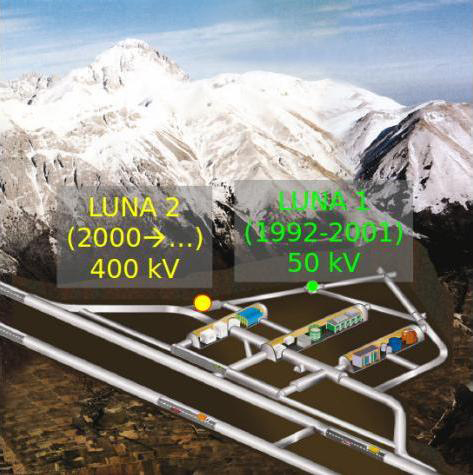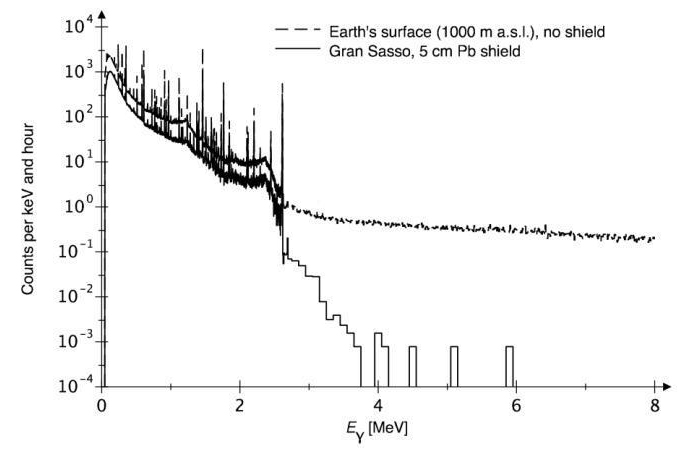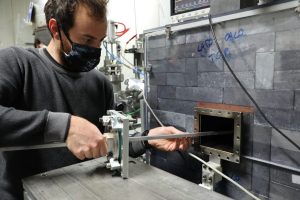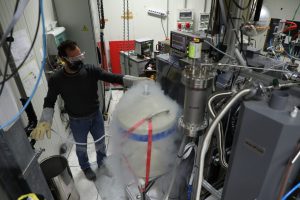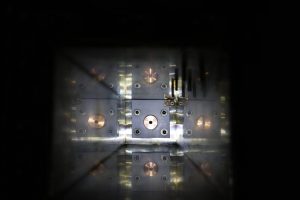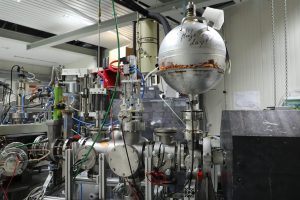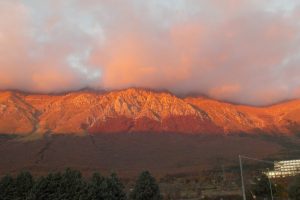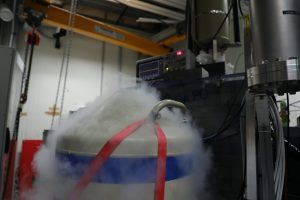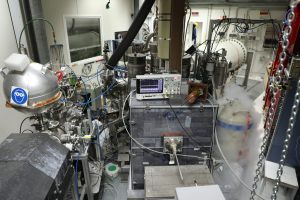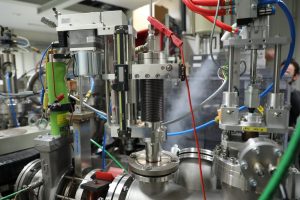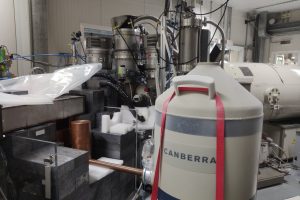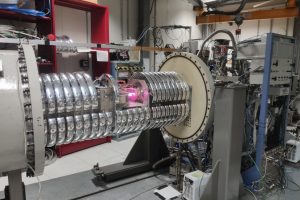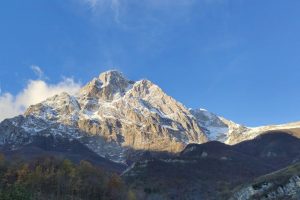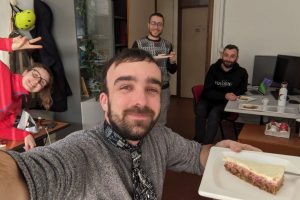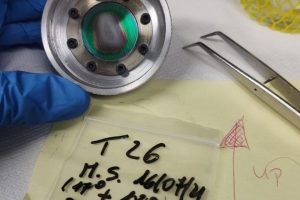Welcome to LUNA - Padova Laboratory for Underground Nuclear Astrophysics
The Laboratory for Underground Nuclear Astrophysics (LUNA) is a nuclear astrophysics experiment running at the INFN (Istituto Nazionale di Fisica Nucleare) Gran Sasso National Laboratories.
The aim of the experiment is to measure directly the cross sections of the most important fusion reactions for stellar hydrogen burning and nucleosynthesis as well as Big Bang nucleosynthesis at astrophysical temperatures. To achieve this goal, two high current accelerators have been installed in the underground Gran Sasso laboratory: a 50 kV accelerator equipped with a windowless gas target and a 400 kV machine equipped with a solid target beam line and a windowless gas target.
Contact us
Antonio Caciolli (local coordinator)
Email: antonio.caciolli@pd.infn.it
About
Nuclear fusion reactions generate most of the energy irradiated by stars. Moreover, nuclear reactions are responsible for the synthesis of the elements both in the early Universe and in stars. At astrophysical temperatures, nuclear fusion reactions can only take place in a relatively narrow energy window: the Gamow peak. In this region, which is in most cases far below the Coulomb repulsion energy, the reaction cross-section drops exponentially with decreasing energy. The extremely low cross sections, from 10-33 to 10-39 cm2 and even smaller, are difficult to measure in a laboratory at the Earth’s surface because the expected counting rate is much smaller than the background in a detector.
In a gamma ray detector, the background origin is twofold: below 3 MeV it is maily due to the decay of environmental radioactive isotopes (uranium and thorium chains and 40K). This background can be substancially reduced by shielding the detector with lead or copper. Above 3 MeV, the main source of environmental background is cosmic radiation. At sea level, most of the cosmic radiation is made of muons and the most efficient way to suppress the muon-induced background is to perform experiments in underground laboratories.
In order to explore this new domain of nuclear astrophysics we have installed two electrostatic accelerators underground in Gran Sasso National Laboratories (LNGS): first a 50 kV machine (LUNA I, 1992-2001) and then a 400 kV machine (LUNA II, 2000 – today).
Outstanding features of both accelerators are a very small beam energy spread and a very high beam current even at low energy. Windowless gas targets or high purity solid targets have been mounted in our set-up, whereas silicon detectors, a 4π BGO summing crystal and ultra-high purity germanium detectors are being used for particle and γ-ray detection.
At Gran Sasso National Laboratories, the cosmic muon flux is suppressed by six orders of magnitude. As a consequence, the background observed in a gamma ray detector is also suppressed by orders of magnitude
Thanks to the very low background conditions at LUNA, it was possible to measure the cross sections of several nuclear reactions of interest for stellar hydrogen burning and Big Bang nucleosynthesis.
To learn more about the LUNA experiment, visit the LUNA Official web page
People
- Antonio Caciolli – coordinator
- Carlo Broggini
- Paola Marigo
- Roberto Menegazzo
- Denise Piatti
Post-docs
Ph.D. student
- Riccardo Biasissi
Master and bachelor students
- Tania Tasnim
- Laura Mazzilli
Opportunities
- PhD call is opening soon. Stay tuned!
- We offer a good number of bachelor and master thesis, see a list here (look for antonio.caciolli@unipd.it).
News
27.11.2024
Congratulation Jakub!
01.02.2024
Welcome Steffen!
15/01/2024
LUNA General Meeting for the first time in Padova!
01/01/2024
GIANTS newsletter is out!
15/12/2023
Making Astrophysics Accessible
12.12.2023
Congratulations Jakub!
01/09/2023
CaBS project got the PRIN
01/09/2023
Stelle sulla Terra project has started!
Network and Other Projects
- LUNA-PD is in the ChETEC-INFRA community
- LUNA is in GIANTS – Gruppi Italiani di Astrofisica Nucleare Teorica e Sperimentale
- LUNA-PD has been proposing measurements in the frame of ChETEC-INFRA Transnational Access. Recently the proposal for the measurement of the 14/15N(alpha,gamma)18/19F reaction cross section at Felsenkeller laboratory has been accepted!
- LUNA-PD works with the LNL-Laboratori Nazionali di Legnaro (target production and characterization, ancillary measurements at AN2000 and measurement of relevance for Nuclear Astrophysics with AGATA)
Gallery

